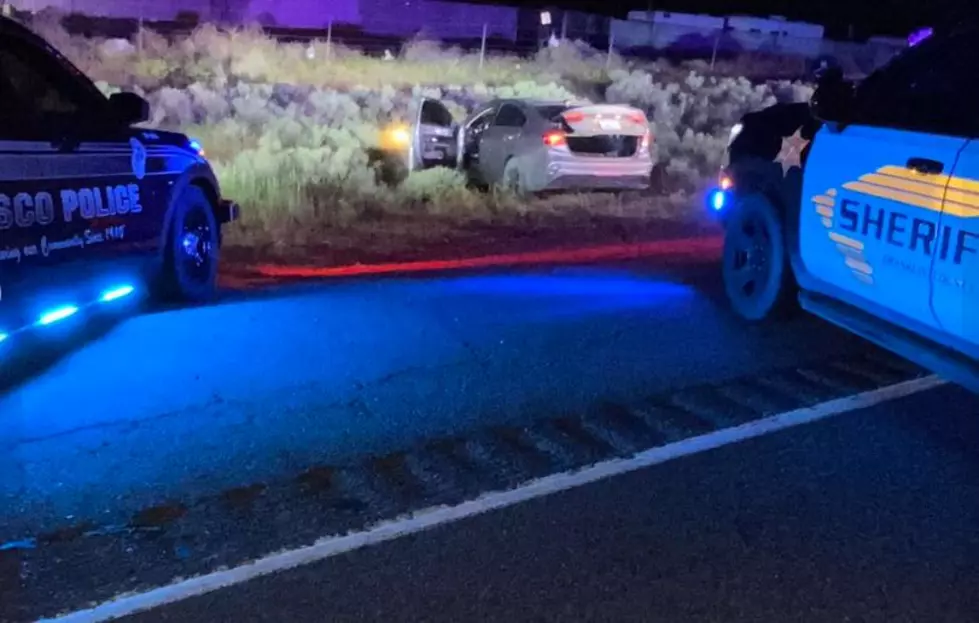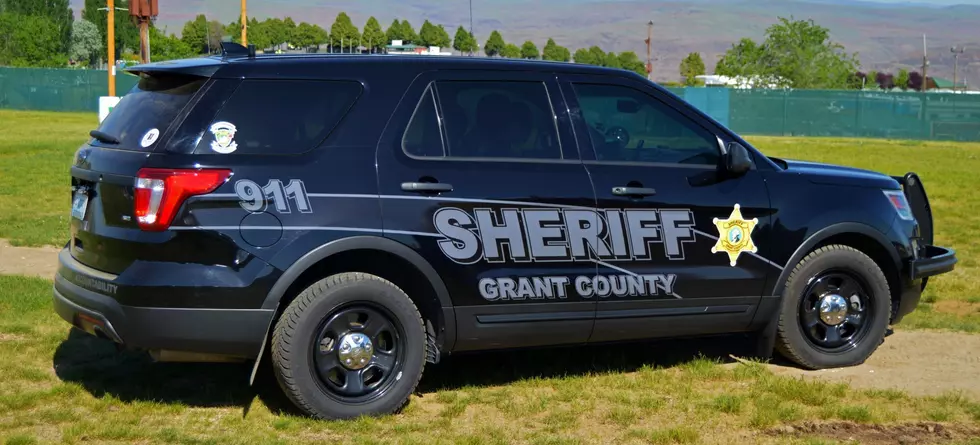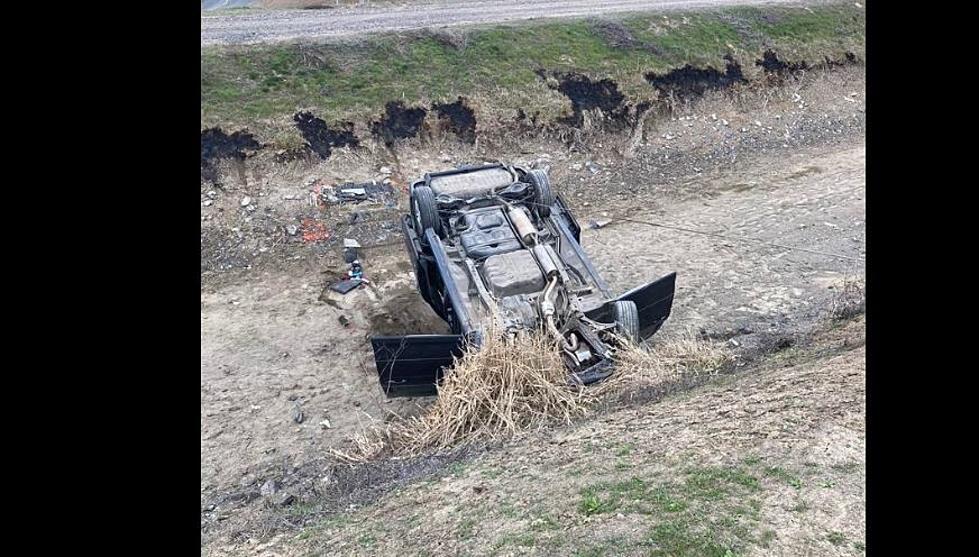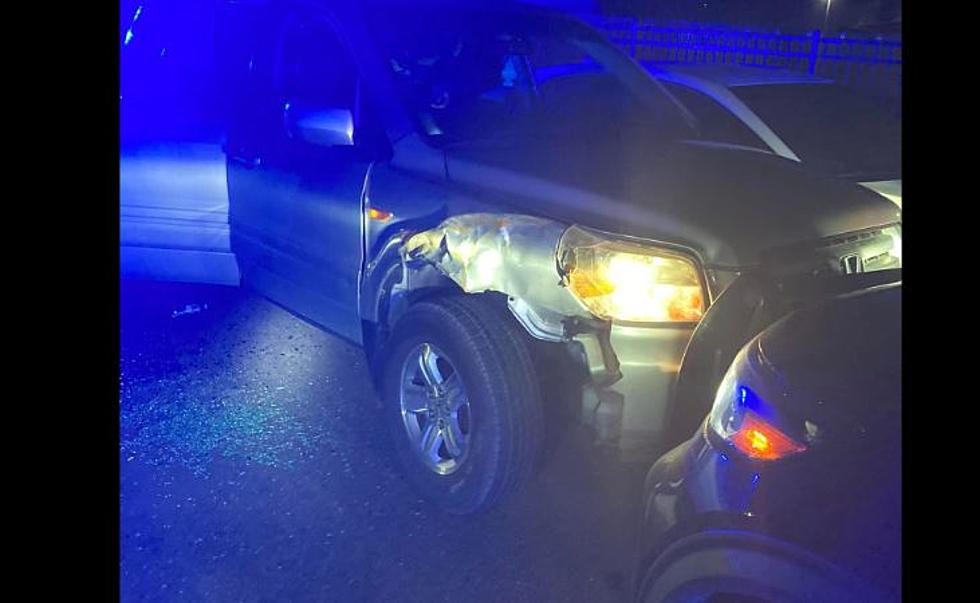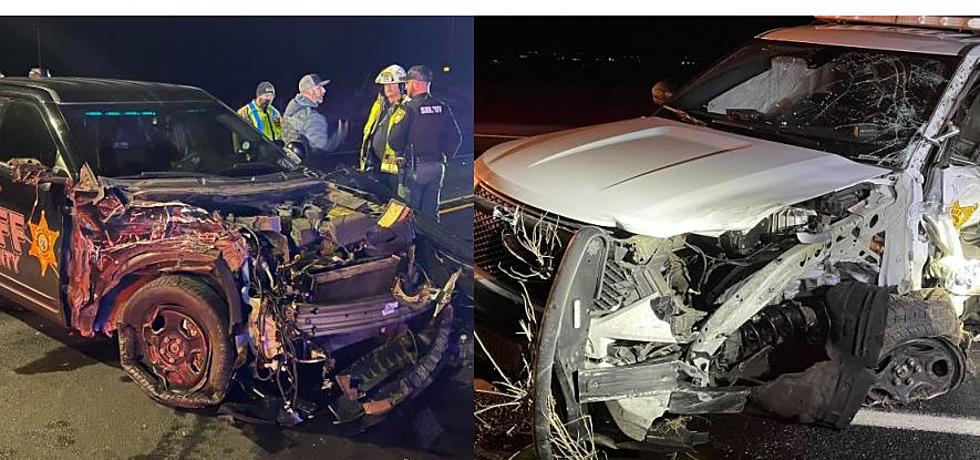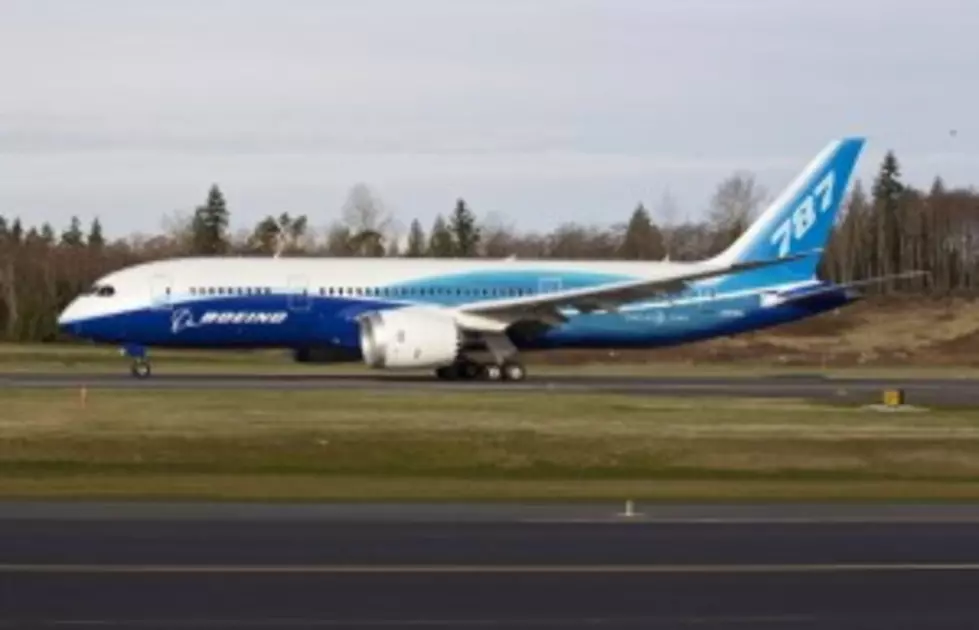
Did Anti-Terrorist Cockpit Door Locks Doom Germanwings Airliner?
As the tragic and shocking facts began to unfold from last week's crash of a Germanwings (Lufthansa) Airliner in the Alps, we have learned perhaps one of the anti-terrorism cockpit "fixes" actually doomed the airplane.
FlyersRights.org is the website for the world's leading airline traveler advocate. The group has been responsible for more reforms and pro-traveler legislation in the U.S. than any other.
Tuesday, FlyersRights reported more attention needs to be paid to a problem that's existed for several decades, but never been brought to the mainstream forefront: pilot suicide.
According to the group, in the last 33 years, there have been at least 9 crashes involving proven pilot or co-pilot suicide, that have killed 619 people. If more evidence supporting pilot suicide in the disappearance of Malaysia Airlines Flight MH370 last March, then the death toll would climb to over 800. According to FlyersRights:
"The big vulnerability appears to be precisely the "cure" put in place to deal with terrorism: the cockpit door locks. It is clear that considering the heightened passenger awareness that now exists, the danger of a terrorist overpowering a crew member and forcing his way into the cockpit is now less likely than the danger of a pilot shutting himself in the cockpit and excluding all others."
Renewed calls are being made for increased pilot testing and screening, and FlyersRights points out deteriorating conditions may have been a factor. The group says more airlines are overworking their pilots and crew, and lower wages are contributing to stress and crews that may not be as well-trained as in the past.
For now, at least in Europe, the European Union has strengthened rules requiring at least two air crew in the cockpit at all times, at least giving one of them a chance to react if the other decides to try to crash the plane.
After 911, says FlyersRights, consideration was given to installing technology on airliners that would allow air traffic controllers to take over an airplane and bypass the cockpit in the case of a hijacking. But, this was never pursued. Some experts are now saying such controls should be outfitted on aircraft - especially those on longer flights over more dangerous terrain where emergency landings are nearly impossible.
More From 870 AM KFLD
